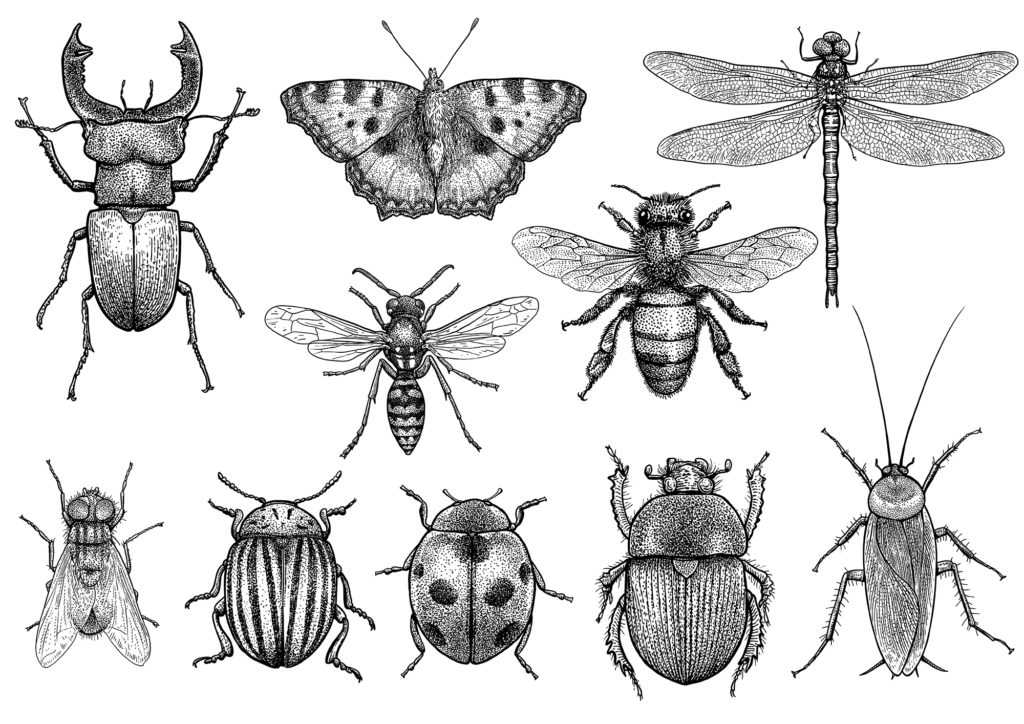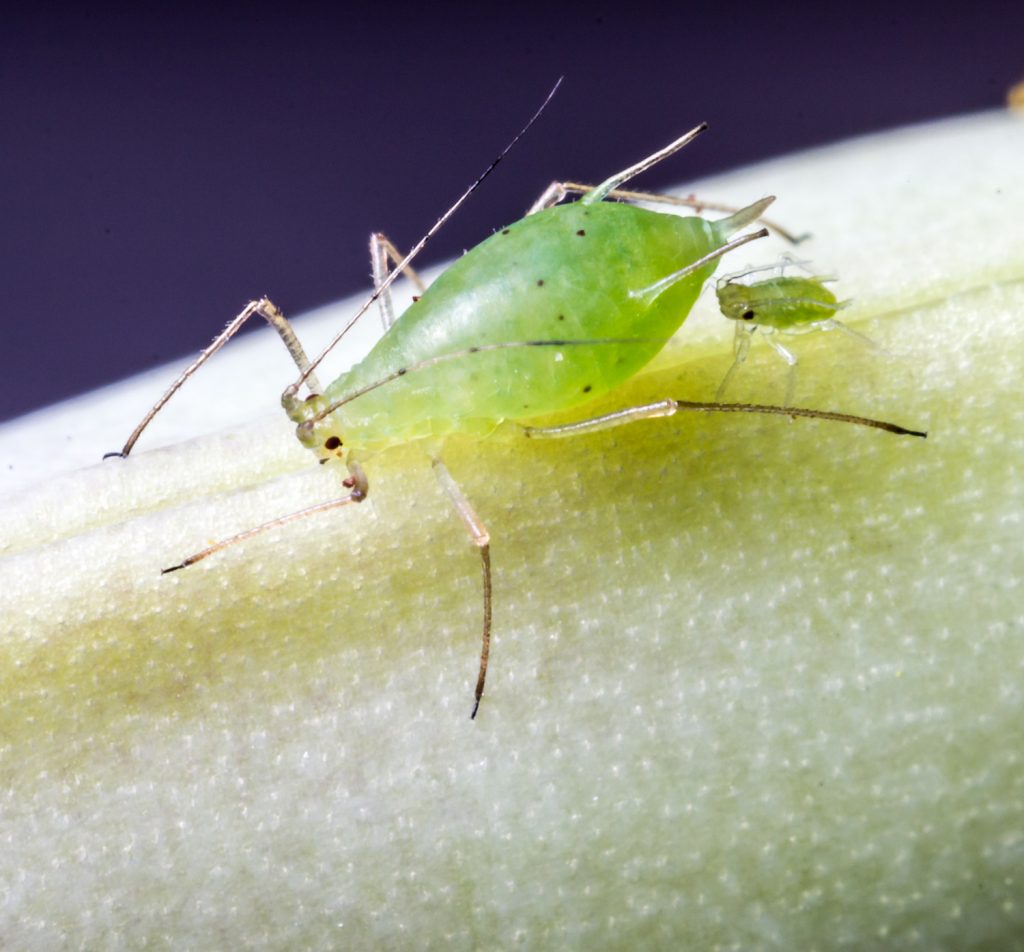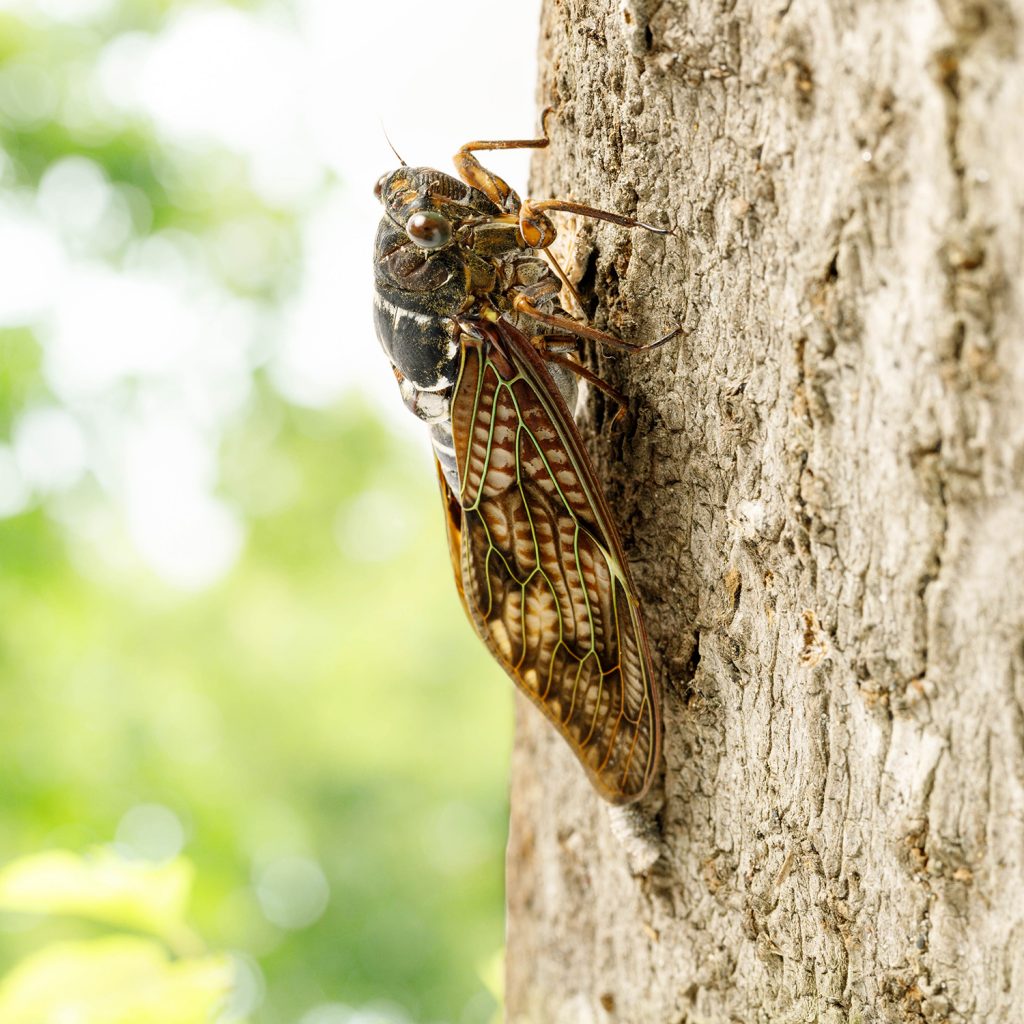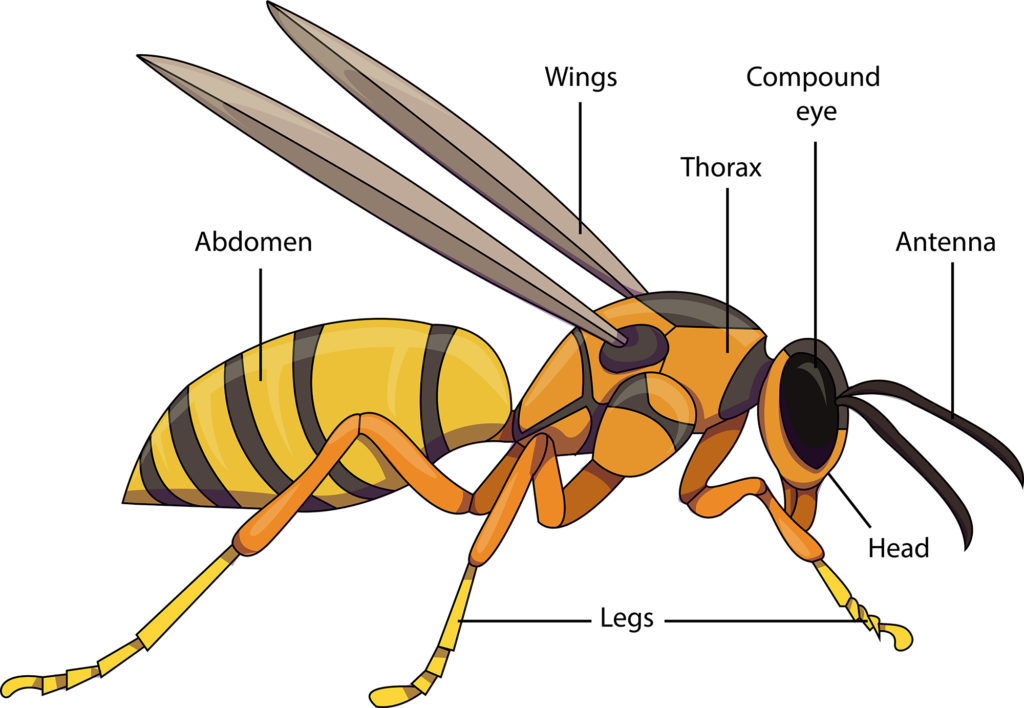Insects Invertebrates that Dominate Soils, Skies, & Freshwater


Insect Outcomes
-
List the basic structural characteristics of insects.
-
Describe the basic structure and function of compound eyes.
-
Name several insect orders, including representative insects in these orders.
From your own background knowledge, what are two characteristics of insects?

Insects are classified as arthropods along with spiders, sowbugs, lobsters, and shrimp; Arthropods have jointed appendages: legs and antennae.
Insects have three body parts: a head, thorax (chest) and abdomen. They also have three sets of legs.
Most insects have compound eyes. Each of the smaller \”eyes\” has its own retina and photoreceptors. Compound eyes have a large view angle and can detect rapid movement. In some cases compound eyes can also detect polarized light that indicates the presence of food or water.
This video provides an overview of the insect Orders you are likely to encounter.
Watch this video; you can select the closed captioning \”cc\” option if you would like to see the text.

Some people mistakenly call all insects “bugs.” Bugs are the correct name for insects classified in Order _____.


Check your knowledge. Can you:
-
list the basic structural characteristics of insects?
-
describe the basic structure and function of compound eyes?
-
name several insect orders, including representative insects in these orders?

BI 101 Exam #2 Information
- Tuesday Nov. 12 in lecture (LInC 100);
- Exam starts at 10:00 a.m.; ends at 10:50 a.m.; you can leave when you have completed the exam
- Bring student ID and pencil/eraser
- No note sheets, dictionaries, electronics; just pencil/eraser
- No questions answered during the exam
- Multiple choice format
- Covers all of weeks 4, 5, & 6
- Study using the course objectives
Sample Exam Questions
Examples of the types of questions that can be asked on the exam:
- What biome would you expect to find at the equator? at 30 degrees north & south latitude? at 90 degrees north latitude?
- Where are two rainshadows located in Oregon?
- In the northern hemisphere, which side of a mountain gets more direct sunlight?
- What is an example of an arctic carnivore? An antarctic carnivore?
- What is permafrost?
- What do reindeer (caribou) eat?
- If a leaf appears green to us, what color was reflected off of the leaf?
- When we see deciduous leaves changing color from green to yellow and orange in the fall, why are we seeing this change in color?
- Describe plant adaptations that enable them to survive extreme cold, wind, and high temperatures.
- List three characteristics of mammals.
- Provide an example of a marsupial and a monotreme mammal.
- Describe beavers, including structures and behaviors.
- Compare the climates of Taiga, temperate coniferous forests, temperate deciduous forests, and tropical rainforests.
- What may be an advantage of small and frequent forest fires?
- How can removal of trees in a forests impact soil?
- Where do you find these temperate grasslands: prairie, pampas, veld, steppe?
- Describe the climate of the tropical savanna.
- Distinguish between the leaves of pine, spruce, fir, sequoia, and cedar.
- Provide examples of different bird Orders.
- What does a cowbird do to increase its reproductive success?
- List the field marks used to identify birds.
- Describe the parts of a feather.
- What are the climate differences between the four large North American deserts?
- How do meerkats utilize microhabitats?
- What is happening to the Desert Hole Pupfish?
- What are two \”extreme\” habitats where chemosynthetic organisms are the primary producers in the food web?
- List four characteristics of Archaea.
- When we search for life on Mars or moons in this solar system, what are we looking for?
- Provide three examples of succulent structures that assist in their survival.
- What are two examples of arachnids?
- List three characteristics of reptiles.
- What is the difference between an alligator and a crocodile? A turtle and a tortoise?
- List three characteristics of insects that set them apart from other arthropods.
- What are three different insect Orders?
- Describe the stages of complete metamorphosis.
This is just a sample of possible questions. Study your lecture notes; your filled in laboratory and recitation worksheets, and these online resources to be sure you have good coverage of the material on the exam. Use the course objectives to guide your studying.